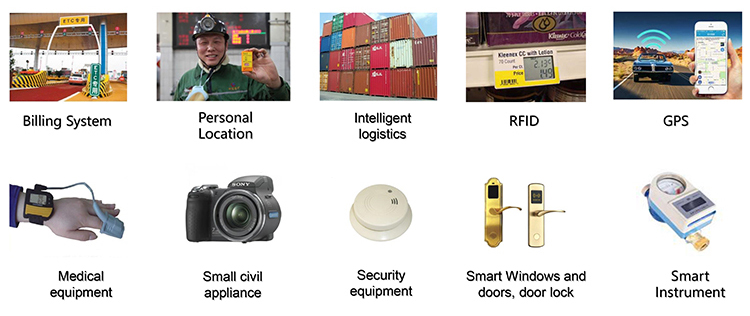High current High-Temperature Batteries: Focus on High-Current Lithium-Thionyl Chloride and Medium-Rate Batteries
High current High-Temperature Batteries: Focus on High-Current Lithium-Thionyl Chloride and Medium-Rate Batteries
In the rapidly evolving field of energy storage and power delivery, high-temperature batteries have gained significant attention due to their ability to maintain stable performance under extreme thermal conditions. This article delves into the realm of high-current, lithium-thionyl chloride (Li-SOCl₂), and high-temperature medium-rate lithium-ion batteries, exploring their working principles, applications, challenges, and future prospects.
I. Introduction to High-Temperature Batteries
High-temperature batteries are designed to operate efficiently and safely at temperatures well above the typical range of conventional batteries. These batteries are crucial in various applications where high temperatures are inevitable, such as aerospace, downhole oil and gas exploration, and automotive engines. The ability to maintain high energy density, power density, and cycling stability at elevated temperatures is a key requirement for such batteries.
II. High-Current Batteries
High-current batteries are capable of delivering large amounts of current over short periods, making them suitable for applications requiring rapid energy discharge. These batteries are typically used in power tools, electric vehicles, and emergency backup systems.
A. Working Principle
High-current batteries often employ advanced electrode materials and electrolyte systems that allow for fast ion transport and low internal resistance. The electrodes are designed to have high surface areas and porosity, enhancing the active material utilization and minimizing polarization effects. The electrolyte is formulated to have low viscosity and high ionic conductivity, enabling efficient ion diffusion within the battery.
B. Applications
In the automotive industry, high-current batteries are used in electric vehicles and hybrid electric vehicles to provide the necessary power for acceleration and high-speed driving. In industrial applications, these batteries are found in power tools that require high torque and rapid energy delivery. Additionally, they are used in emergency backup systems to provide instantaneous power during power outages.
C. Challenges and Solutions
One of the major challenges in high-current batteries is heat generation due to high internal resistance. This can lead to thermal runaway and battery failure. To address this issue, researchers are exploring novel electrode materials and electrolyte systems that have improved thermal stability and reduced resistance. Additionally, advanced thermal management systems are being developed to dissipate heat effectively and maintain battery temperatures within safe limits.

III. Lithium-Thionyl Chloride (Li-SOCl₂) Batteries
Lithium-thionyl chloride batteries are a type of primary battery that offers high energy density and excellent performance at high temperatures. They are widely used in military, aerospace, and industrial applications.
A. Working Principle
Lithium-thionyl chloride batteries operate based on the electrochemical reaction between lithium metal and thionyl chloride (SOCl₂). During discharge, lithium ions migrate from the anode to the cathode, where they react with thionyl chloride to form lithium chloride (LiCl) and sulfur dioxide (SO₂). This reaction releases electrons, generating an electric current.
B. Advantages
Lithium-thionyl chloride batteries exhibit several advantages, including high energy density, long shelf life, and stable performance at high temperatures. They have a theoretical energy density of up to 1200 Wh/kg, making them one of the most energy-dense batteries available. Additionally, they can maintain stable performance at temperatures up to 150°C, making them suitable for extreme environments.
C. Applications
Due to their excellent performance at high temperatures, lithium-thionyl chloride batteries are widely used in military and aerospace applications. They are found in missiles, satellites, and other spacecraft where high energy density and reliable performance are crucial. Additionally, they are used in industrial applications such as oil and gas exploration, where high temperatures are common.
D. Challenges and Future Prospects
While lithium-thionyl chloride batteries offer several advantages, they also face some challenges. One of the main challenges is the production of toxic gases during discharge, which requires proper ventilation and disposal. Additionally, the batteries are non-rechargeable, limiting their use in applications where rechargeability is desired. Future research is focused on developing rechargeable lithium-thionyl chloride batteries with improved safety and environmental performance.
IV. High-Temperature Medium-Rate Lithium-Ion Batteries
High-temperature medium-rate lithium-ion batteries are a type of rechargeable battery that offers stable performance at elevated temperatures and moderate discharge rates. They are gaining popularity in applications where high temperatures and moderate power demands coexist.
A. Working Principle
High-temperature medium-rate lithium-ion batteries operate similarly to conventional lithium-ion batteries





